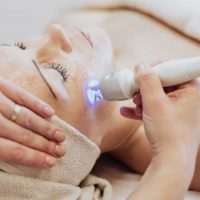Microneedling and dermaplaning are different skin treatments that work in opposite ways. Microneedling uses tiny needles to create controlled wounds that boost collagen production deep in skin layers. Dermaplaning uses a surgical blade to remove dead skin cells and facial hair from the skin surface. Both treatments improve skin appearance but target different concerns and provide different results.
What Does Microneedling Do for Your Skin?
Microneedling stimulates collagen production by creating controlled micro-injuries in the skin. A professional uses a pen-like device with fine needles to puncture the skin surface. The needles create thousands of tiny channels that trigger the body’s natural healing response.
The healing process produces new collagen and elastin proteins. These proteins make skin firmer and smoother over time. Clinical studies show microneedling can fade acne scars by 50% to 70% after multiple sessions.
Modern microneedling devices reach depths of 0.5mm to 2.5mm depending on skin concerns. Deeper penetration treats more severe scarring and wrinkles. The procedure typically takes 30-60 minutes including numbing cream application.
Microneedling works through three healing phases. The inflammation phase starts immediately after treatment. Platelet activation releases growth factors that begin tissue repair. The proliferation phase follows 2-7 days later as new collagen forms. The remodeling phase continues for months as collagen strengthens and organizes.
Professional microneedling uses medical-grade devices with precise needle control. These devices create uniform punctures at consistent depths. Home devices use shorter needles and cannot penetrate deeply enough for significant collagen stimulation.
The treatment works on all skin types without causing hyperpigmentation. Unlike laser treatments that use heat, microneedling preserves surrounding tissue. This makes the procedure safe for darker skin tones that risk discoloration from other treatments.
How Does Dermaplaning Remove Dead Skin?
Dermaplaning physically removes dead skin cells and vellus hair using a surgical scalpel. A trained professional holds the blade at a 45-degree angle and gently scrapes the skin surface. The procedure removes the outermost layer of dead skin and fine facial hair called peach fuzz.
The treatment takes 30 minutes and produces immediate results. Skin feels smoother and looks brighter right after the procedure. Dermaplaning also improves skincare product absorption by removing the barrier of dead skin cells.
Vellus hair differs significantly from terminal hair found in male beards. Vellus hairs are fine, short, and lightly pigmented. They cover most of the human body including female faces. These hairs can trap oil, dirt, and makeup products leading to clogged pores.
The surgical scalpel used in dermaplaning is sterile and single-use. Professionals receive specialized training in proper blade angles and pressure. Incorrect technique can cause cuts, irritation, or uneven results.
Dermaplaning removes approximately 2-3 weeks of dead skin buildup. The stratum corneum constantly sheds dead cells that accumulate on the surface. This buildup makes skin appear dull and feel rough. Removing these cells reveals fresh, healthy skin underneath.
The procedure works best on normal to dry skin types. People with very oily or acne-prone skin may experience temporary breakouts as trapped debris gets released. Skin must be healthy and intact without active inflammation for safe treatment.
Which Treatment Works Better for Acne Scars?
Microneedling works better for acne scars because it stimulates collagen production in deeper skin layers. Acne scars form when inflammation damages the dermis and creates depressions. Microneedling reaches these deeper layers and promotes tissue repair.
Studies published in medical journals show microneedling reduces atrophic acne scars significantly. The treatment works especially well for rolling scars and boxcar scars. Ice pick scars may need deeper needle penetration or combination treatments for best results.
Rolling scars have a wave-like appearance caused by fibrous bands pulling skin downward. Microneedling breaks these bands while stimulating new collagen formation. The combination helps lift depressed areas and smooth skin texture.
Boxcar scars create sharp-edged depressions with defined borders. These scars require controlled trauma to stimulate tissue regeneration. Multiple microneedling sessions gradually fill these depressions with new collagen.
Ice pick scars are narrow, deep channels that extend into the dermis. These scars need aggressive treatment with longer needles or combination approaches. Some practitioners combine microneedling with chemical peels or radiofrequency for enhanced results.
Dermaplaning only works on surface-level scarring and texture issues. The blade cannot reach the deeper tissue where most acne scars form. However, dermaplaning can help smooth minor surface irregularities and improve skin texture temporarily.
Professional assessment determines which treatment suits specific scar types. Many people benefit from combination approaches that address both surface and deep skin concerns. Chemical peels can complement both treatments for comprehensive skin improvement.
Does Dermaplaning Make Hair Grow Back Thicker?
Dermaplaning does not make hair grow back thicker or darker. This belief is a common myth about facial hair removal. Vellus hair has a different structure than terminal hair found in men’s beards.
The hair follicle determines hair thickness and color. Cutting hair at the surface does not change the follicle structure. The hair may feel slightly coarser when it first grows back because the tip is blunter than naturally tapered hair ends.
Hair growth occurs in three phases. The anagen phase involves active growth from the follicle. The catagen phase is a transitional period where growth slows. The telogen phase is a resting period before the hair sheds and the cycle repeats.
Dermaplaning cuts hair during any growth phase without affecting the follicle. The follicle continues producing hair according to genetic programming. Hormonal factors like testosterone levels influence hair thickness and growth rate, not surface cutting.
Women’s facial hair remains fine and light after dermaplaning treatments. The hair returns to its normal appearance within days of regrowth. Consistent dermaplaning does not cause progressive hair thickening over time.
Some people notice hair more after dermaplaning because they become aware of regrowth. The blunt cut ends may feel different initially but weather naturally with time. Professional consultation can address concerns about hair regrowth patterns.
Can You Combine Microneedling and Dermaplaning?
Combining microneedling and dermaplaning produces better results than either treatment alone. Dermaplaning prepares the skin by removing dead cells and hair. This allows microneedling to penetrate more evenly and deeply.
The combination treatment follows a specific order. Dermaplaning comes first to clear the skin surface. Microneedling follows to stimulate deeper tissue repair. The smooth surface from dermaplaning helps the microneedling device glide across skin more effectively.
Professional practitioners often recommend this combination for comprehensive skin rejuvenation. The treatments address different skin layers and concerns simultaneously. Surface preparation enhances the deeper treatment’s effectiveness.
Combined sessions require careful timing and technique. The skin must tolerate both procedures without excessive trauma. Experienced practitioners adjust treatment intensity based on individual skin response and healing capacity.
Recovery time may extend slightly with combination treatments. Skin needs adequate time to heal from both procedures. Proper aftercare becomes especially important for optimal results and complication prevention.
Many medical spas offer both procedures in one session. The combination typically costs more than single treatments but provides comprehensive skin improvement. Radio frequency microneedling adds another dimension by combining heat energy with needle penetration.
How Much Do These Treatments Cost?
Microneedling costs $200-$600 per session while dermaplaning costs $75-$150 per session. Prices vary based on location, provider experience, and treatment depth. Most people need multiple microneedling sessions for best results.
A typical microneedling series includes 3-6 treatments over several months. The total cost ranges from $600-$3,600 for complete treatment. Results last 6-12 months before maintenance treatments are needed.
Geographic location significantly affects treatment pricing. Urban areas with high overhead costs typically charge more than rural locations. Prestigious medical spas in affluent areas command premium pricing for similar services.
Provider credentials and experience influence cost structures. Board-certified dermatologists and plastic surgeons typically charge more than aestheticians. However, medical supervision may provide additional safety and effectiveness benefits.
Dermaplaning requires monthly maintenance for ongoing benefits. Annual costs range from $900-$1,800 for regular treatments. The procedure can be repeated every 3-4 weeks safely without cumulative damage.
Package deals often reduce per-treatment costs for multiple sessions. Many practices offer discounted pricing for treatment series or combination packages. Facials combined with dermaplaning provide additional value and comprehensive skin care.
Insurance rarely covers cosmetic skin treatments. Most procedures require out-of-pocket payment or financing arrangements. Some practices offer payment plans to make treatments more accessible to patients.
What Are the Side Effects and Risks?
Microneedling causes temporary redness and swelling that lasts 24-48 hours. The skin may feel tight and appear slightly pink after treatment. Some people experience mild peeling as the skin heals. These effects are normal parts of the healing process.
Serious complications are rare when performed by trained professionals. Infection risk exists if proper sterilization is not followed. Single-use needles and sterile technique minimize contamination risks significantly.
Post-inflammatory hyperpigmentation can occur in darker skin types. Proper sun protection and gentle skincare reduce this risk. Practitioners may recommend lightening agents if discoloration develops.
Scarring from microneedling is extremely rare with proper technique. Excessive depth or aggressive treatment can cause tissue damage. Conservative approaches work better than overly aggressive treatments for most patients.
People taking blood thinners face increased bruising and bleeding risks. Aspirin, warfarin, and other anticoagulants should be discussed before treatment. Temporary medication adjustments may be necessary with physician approval.
Dermaplaning has minimal side effects and no downtime. Slight redness may occur immediately after treatment but fades within hours. The main risk comes from improper technique that could cause small cuts or irritation.
Breakouts can occur 24-48 hours after dermaplaning in some people. This happens when trapped debris gets released from pores. The breakouts typically resolve quickly with gentle skincare.
Sun sensitivity increases temporarily after dermaplaning. Fresh skin has less natural protection from UV radiation. Daily sunscreen application becomes especially important for 7-10 days post-treatment.
Who Should Avoid These Treatments?
People with active acne breakouts should avoid both treatments. Microneedling can spread bacteria and worsen inflammation. Dermaplaning over inflamed skin can cause additional irritation and potential scarring.
Pregnant and breastfeeding women should postpone microneedling treatments. The procedure’s effects on developing babies are not fully studied. Most practitioners prefer conservative approaches during pregnancy and nursing.
Current isotretinoin use contraindicated microneedling for 6-12 months. This medication thins skin and impairs healing ability. Patients must discontinue the drug and allow skin normalization before treatment.
Bleeding disorders and clotting problems increase complication risks. Hemophilia, von Willebrand disease, and similar conditions require medical clearance. Excessive bleeding can compromise treatment effectiveness and safety.
Keloid scarring history suggests avoiding microneedling. People who form raised scars may develop keloids from treatment trauma. Alternative treatments work better for these individuals.
Active skin infections require treatment postponement. Bacterial, viral, or fungal infections can spread through needle punctures. Clear skin is necessary for safe microneedling procedures.
Dermaplaning should be avoided during severe rosacea flares. The blade can irritate already inflamed skin and worsen symptoms. Skin tightening treatments may be more appropriate for sensitive skin conditions.
How Long Do Results Last?
Microneedling results develop slowly and last 6-12 months. Initial improvements appear 2-4 weeks after treatment. Full results take 3-6 months as new collagen continues forming. The effects gradually fade as natural collagen breakdown occurs.
Collagen production peaks 4-6 weeks after microneedling. The newly formed collagen continues strengthening and organizing for several months. This extended healing process contributes to lasting improvements in skin texture and appearance.
Individual healing responses vary significantly between patients. Age, overall health, and skin condition influence result duration. Younger patients with healthy skin typically see longer-lasting improvements than older individuals.
Maintenance treatments help preserve results long-term. Many people schedule touch-up sessions every 12-18 months. Consistent treatments can provide cumulative benefits over time with gradual skin quality improvement.
Environmental factors affect result longevity. Sun exposure, smoking, and poor nutrition accelerate collagen breakdown. Healthy lifestyle choices help maintain treatment benefits longer.
Dermaplaning results appear immediately and last 3-4 weeks. The smooth texture and glow fade as dead skin cells accumulate again. Facial hair regrows at its normal rate, typically within 2-3 weeks.
Skin cell turnover occurs naturally every 28-30 days in healthy adults. This process slows with age, making dermaplaning benefits last longer in older patients. Younger skin may need more frequent treatments to maintain results.
Seasonal factors influence result duration. Winter weather with low humidity can make benefits last longer. Summer heat and humidity may require more frequent treatments to maintain smooth texture.
Professional maintenance schedules optimize long-term results. Microdermabrasion offers another exfoliation option between dermaplaning sessions for continued skin smoothness.
What Aftercare Do These Treatments Require?
Proper aftercare determines treatment success and complication prevention. Both procedures require specific post-treatment protocols. Following instructions carefully maximizes results and minimizes risks.
Microneedling aftercare focuses on gentle healing support. Patients should avoid makeup for 12-24 hours after treatment. Clean hands must be used for all skincare applications to prevent infection.
Gentle cleansing with lukewarm water and mild soap helps remove treatment residues. Harsh scrubbing or exfoliating products should be avoided for one week. The skin needs time to heal without additional trauma.
Hydrating serums and moisturizers support the healing process. Hyaluronic acid products provide moisture without irritation. Heavy creams or occlusive products may clog temporarily enlarged pores.
Sun protection becomes critical after microneedling. Fresh skin has increased photosensitivity for several weeks. Broad-spectrum SPF 30 or higher should be applied daily regardless of weather conditions.
Dermaplaning aftercare is simpler but equally important. Immediate moisturizing helps soothe any minor irritation. Gentle products work best for the first 24 hours after treatment.
Retinoids and acids should be avoided for 2-3 days after dermaplaning. These active ingredients can irritate freshly exfoliated skin. Gradual reintroduction prevents adverse reactions.
Biorepeel treatments can complement dermaplaning results when properly timed. Professional guidance helps determine appropriate treatment sequencing for optimal benefits.
How Do You Choose the Right Treatment?
Treatment selection depends on specific skin concerns and desired outcomes. Professional consultation provides personalized recommendations based on individual needs. Skin type, condition severity, and lifestyle factors influence treatment choice.
Deep acne scars respond better to microneedling than surface treatments. The needle penetration reaches scar tissue in the dermis. Multiple sessions gradually improve scar appearance through collagen remodeling.
Fine lines and wrinkles benefit from microneedling’s collagen stimulation. The treatment addresses age-related volume loss and texture changes. Results improve over months as new collagen forms and matures.
Surface texture issues may respond well to dermaplaning alone. Dull, rough skin improves immediately with dead cell removal. Regular treatments maintain smooth texture and enhanced product absorption.
Combination skin concerns often benefit from mixed treatment approaches. Dermaplaning addresses surface issues while microneedling treats deeper problems. Professional assessment determines optimal treatment sequencing.
Budget considerations affect treatment planning significantly. Dermaplaning requires more frequent sessions but costs less per treatment. Microneedling costs more initially but provides longer-lasting results.
Time availability influences treatment choice for busy patients. Dermaplaning offers immediate results without downtime. Microneedling requires healing time but provides more comprehensive skin improvement.
Professional expertise at facilities like Slimming Solutions Spa helps patients make informed decisions. Experienced practitioners assess skin conditions and recommend appropriate treatments for individual needs.
Final Thoughts
Microneedling and dermaplaning serve different purposes in comprehensive skin care strategies. Each treatment offers distinct advantages for specific skin concerns and patient needs. Understanding these differences helps patients make informed treatment decisions.
Microneedling provides deep, long-term improvements for structural skin problems. The treatment stimulates natural healing processes that continue for months after procedures. Results include improved texture, reduced scarring, and enhanced skin firmness.
Dermaplaning offers immediate surface improvements with minimal recovery time. The treatment removes barriers to product absorption and creates instant smoothness. Regular maintenance preserves these benefits and supports overall skin health.
Professional consultation remains essential for optimal treatment selection. Qualified practitioners assess individual skin conditions and recommend appropriate approaches. Laser skin resurfacing may also be considered for comprehensive skin rejuvenation plans.
The best treatment choice depends on specific goals, budget, and time availability. Some patients benefit from single approaches while others need combination treatments. Consistent professional care provides the best long-term skin health outcomes.


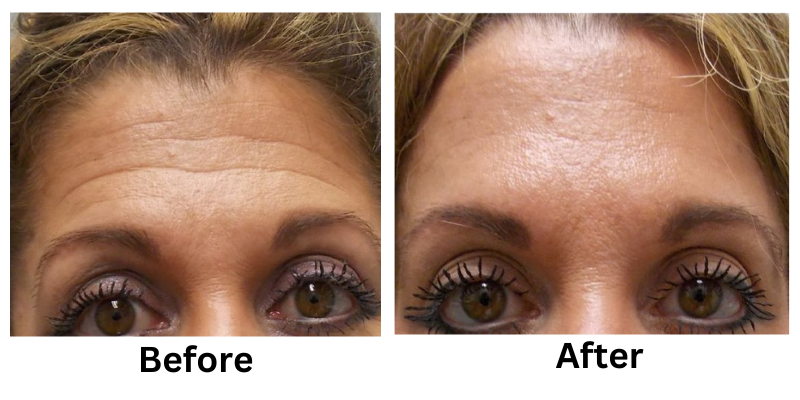
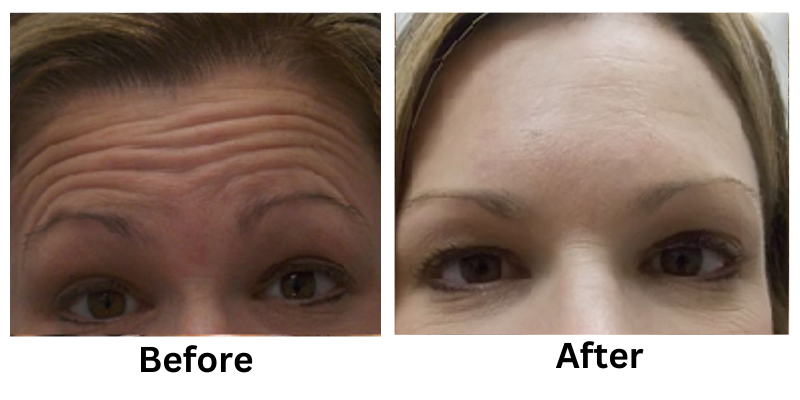
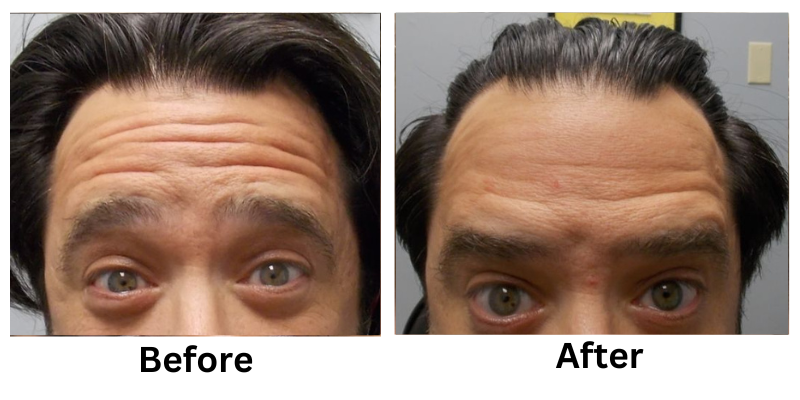
![[thumb]](https://slimmingsolutionsspa.com/wp-content/uploads/2023/12/botox1-150x150.png)
![[thumb]](https://slimmingsolutionsspa.com/wp-content/uploads/2023/12/Before2-150x150.png)
![[thumb]](https://slimmingsolutionsspa.com/wp-content/uploads/2023/12/Before3-150x150.png)
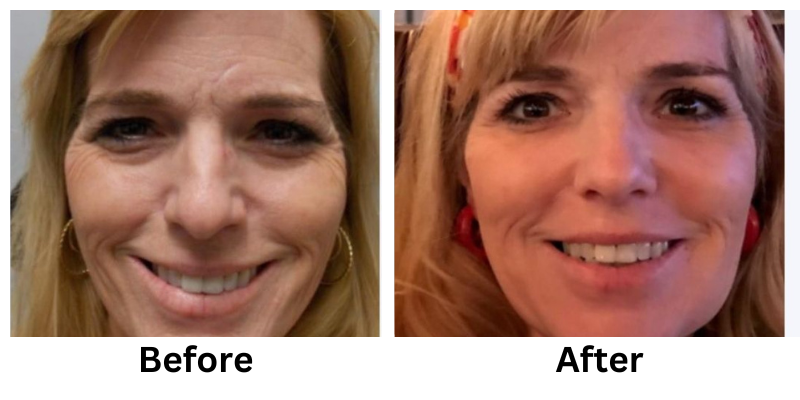
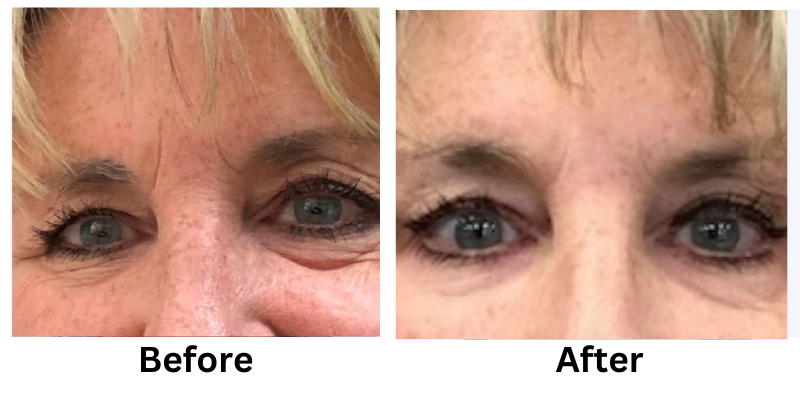
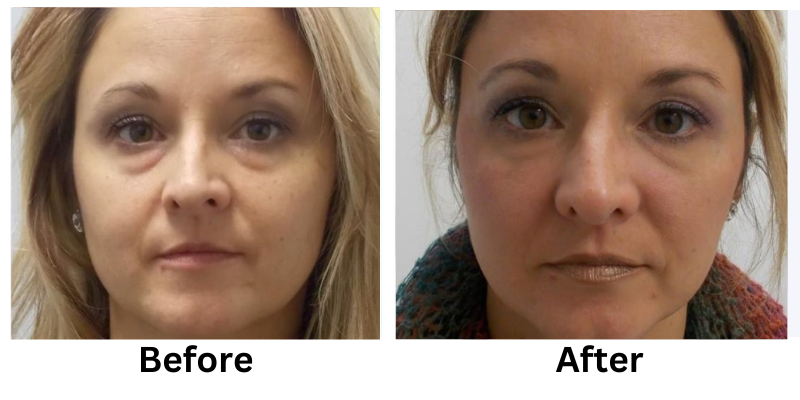
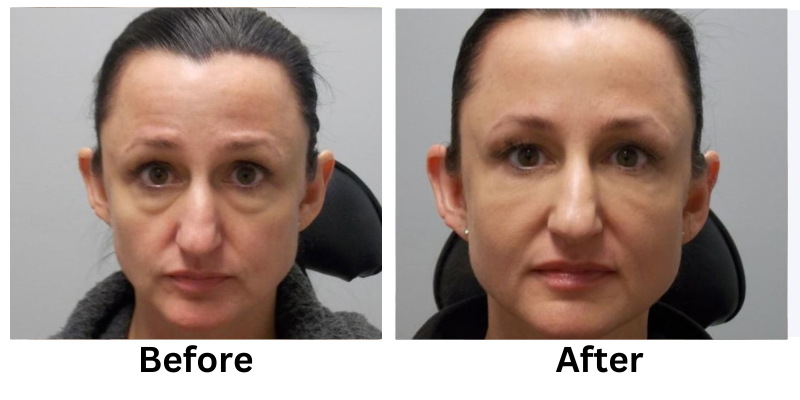
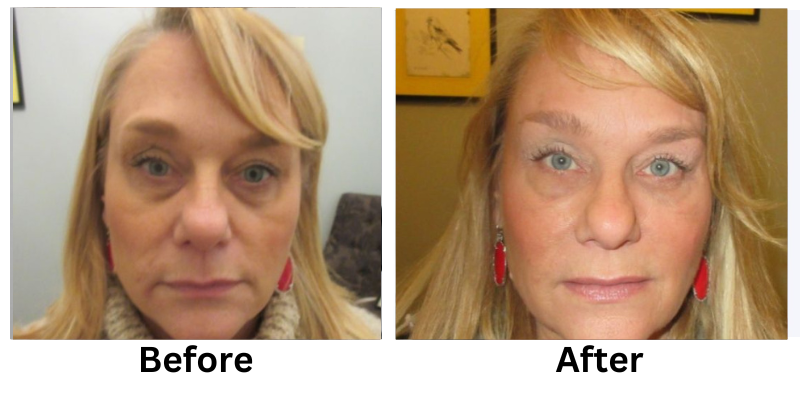


![[thumb]](https://slimmingsolutionsspa.com/wp-content/uploads/2023/12/revanesse-versa-1-150x150.png)
![[thumb]](https://slimmingsolutionsspa.com/wp-content/uploads/2023/12/revanesse-versa-2-150x150.png)
![[thumb]](https://slimmingsolutionsspa.com/wp-content/uploads/2023/12/revanesse-versa-3-150x150.png)
![[thumb]](https://slimmingsolutionsspa.com/wp-content/uploads/2023/12/revanesse-versa-4-150x150.png)
![[thumb]](https://slimmingsolutionsspa.com/wp-content/uploads/2023/12/revanesse-versa-5-150x150.png)
![[thumb]](https://slimmingsolutionsspa.com/wp-content/uploads/2024/01/Eyebrow-treatment-1-1-150x150.png)
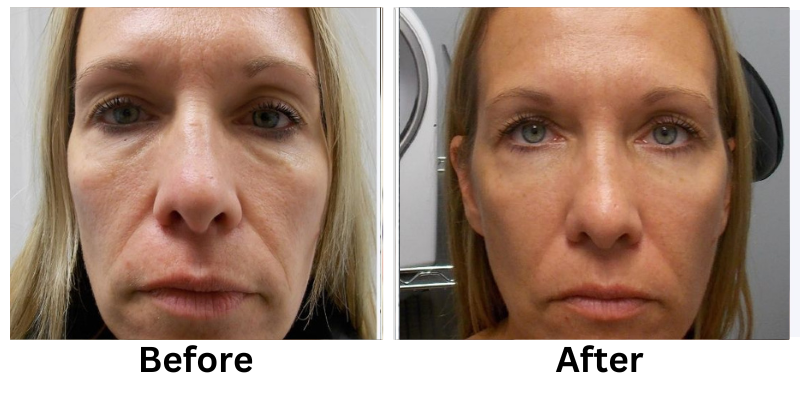

![[thumb]](https://slimmingsolutionsspa.com/wp-content/uploads/2023/12/Skin-Rejuvenation-1-150x150.png)
![[thumb]](https://slimmingsolutionsspa.com/wp-content/uploads/2023/12/Skin-Rejuvenation-2-150x150.png)


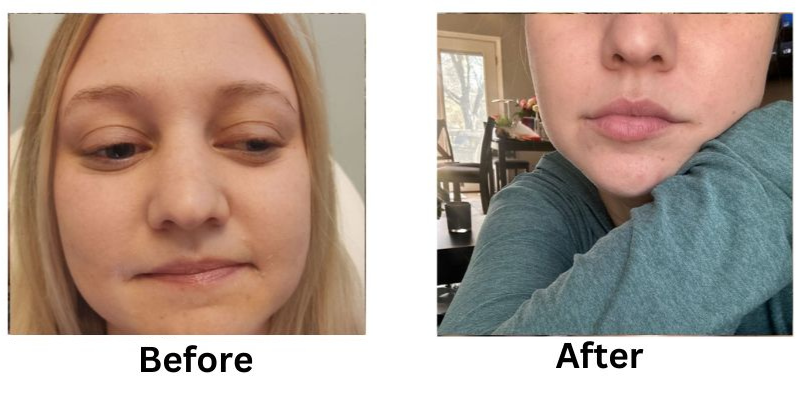
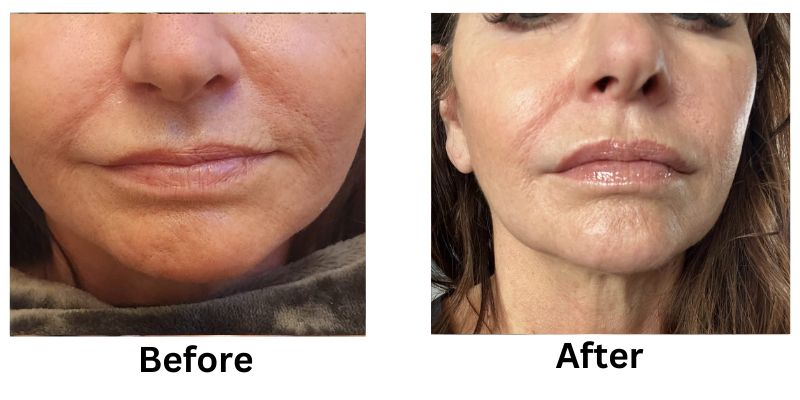
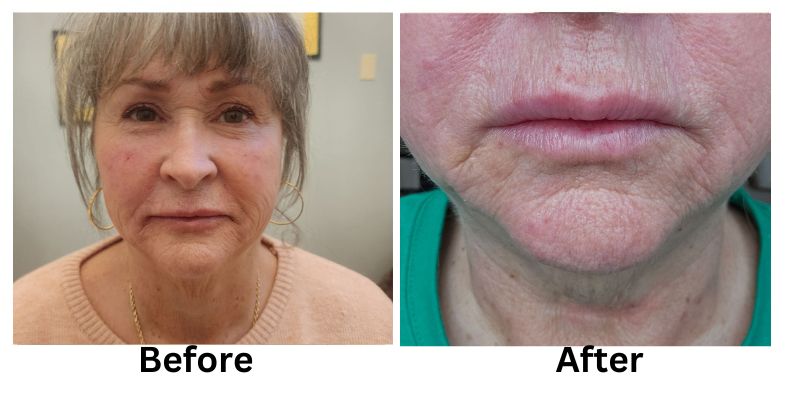
![[thumb]](https://slimmingsolutionsspa.com/wp-content/uploads/2024/01/Lip-Filler-1-150x150.png)
![[thumb]](https://slimmingsolutionsspa.com/wp-content/uploads/2024/01/Lip-Filler-2-150x150.png)
![[thumb]](https://slimmingsolutionsspa.com/wp-content/uploads/2025/02/Lip-Filler-1-150x150.png)
![[thumb]](https://slimmingsolutionsspa.com/wp-content/uploads/2024/01/Lip-Filler-150x150.jpg)
![[thumb]](https://slimmingsolutionsspa.com/wp-content/uploads/2024/01/Before-1-150x150.jpg)

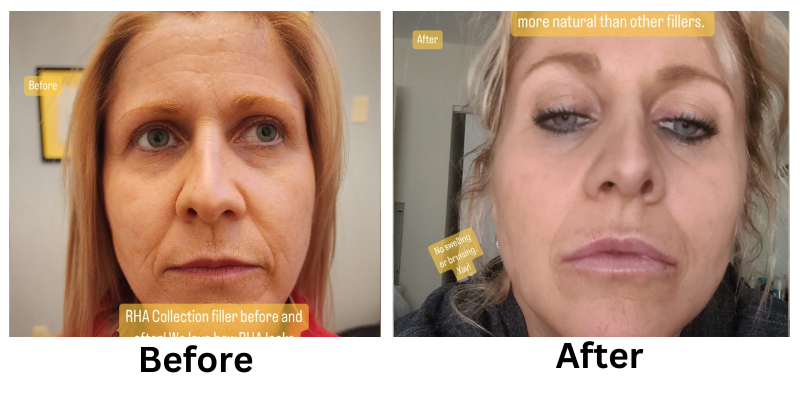

![[thumb]](https://slimmingsolutionsspa.com/wp-content/uploads/2024/01/RHA-Treatmetn-3-150x150.png)
![[thumb]](https://slimmingsolutionsspa.com/wp-content/uploads/2024/01/RHA-Treatmetn-2-150x150.png)
![[thumb]](https://slimmingsolutionsspa.com/wp-content/uploads/2024/01/RHA-Treatmetn-1-150x150.png)
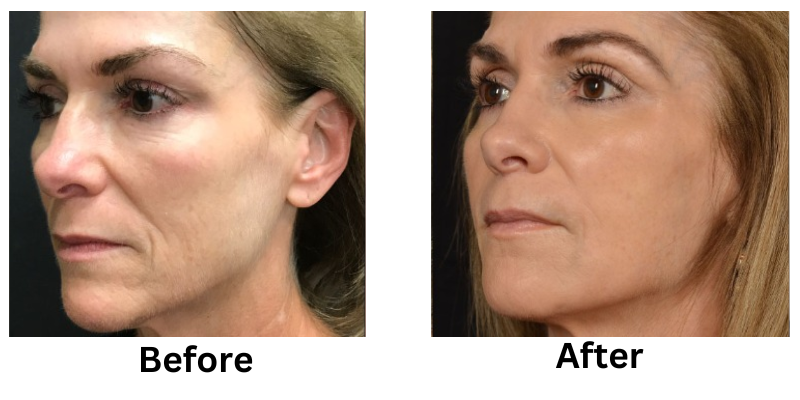
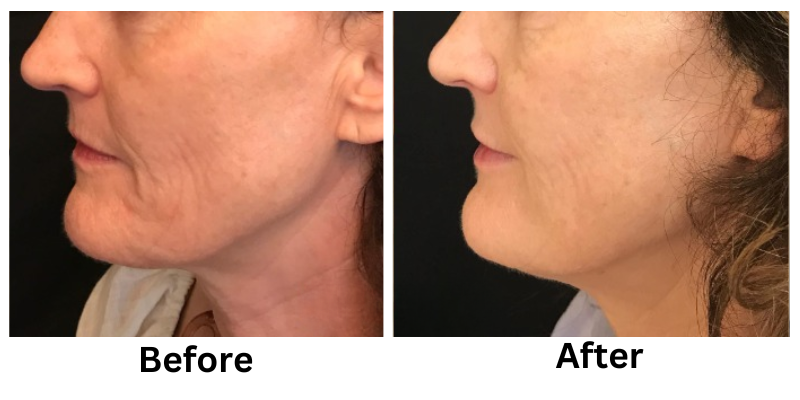
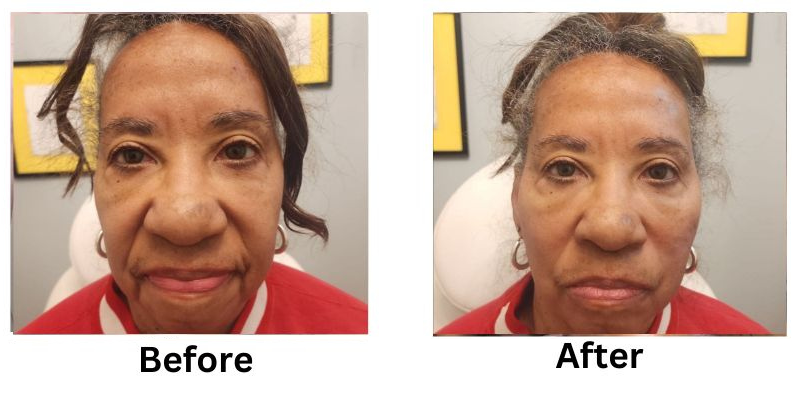
![[thumb]](https://slimmingsolutionsspa.com/wp-content/uploads/2024/01/Thread-Lifts-1-150x150.png)
![[thumb]](https://slimmingsolutionsspa.com/wp-content/uploads/2024/01/Thread-Lifts-2-150x150.png)
![[thumb]](https://slimmingsolutionsspa.com/wp-content/uploads/2025/02/Lip-Filler-2-150x150.png)
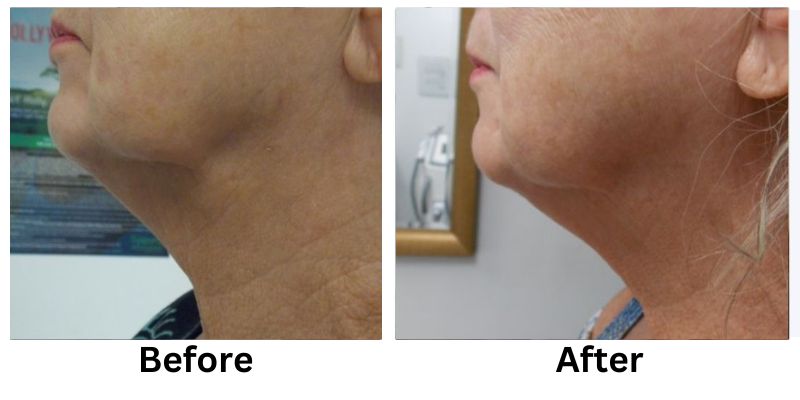


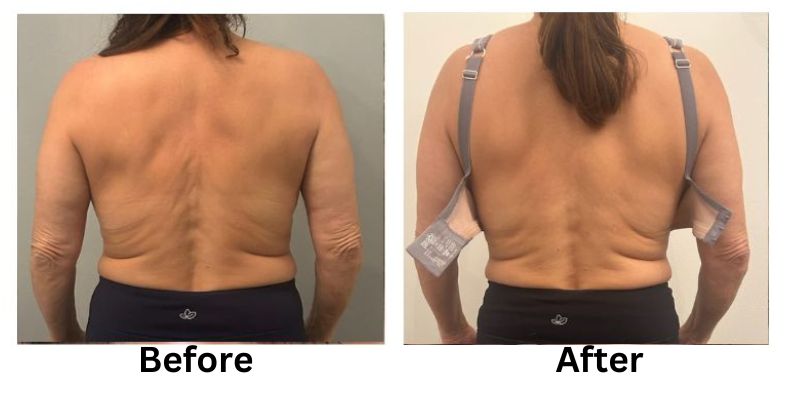
![[thumb]](https://slimmingsolutionsspa.com/wp-content/uploads/2023/12/skin-reuvulation1-150x150.png)
![[thumb]](https://slimmingsolutionsspa.com/wp-content/uploads/2023/12/skin-rejuvulation-2-150x150.png)
![[thumb]](https://slimmingsolutionsspa.com/wp-content/uploads/2023/12/Skin-Tighting-150x150.png)
![[thumb]](https://slimmingsolutionsspa.com/wp-content/uploads/2023/12/Before-150x150.jpg)
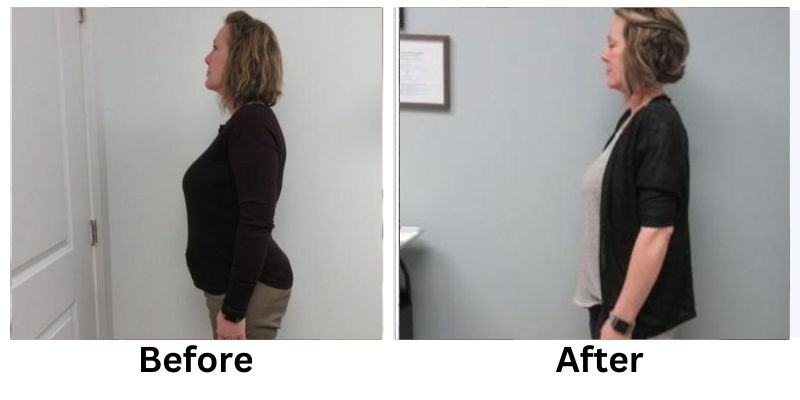
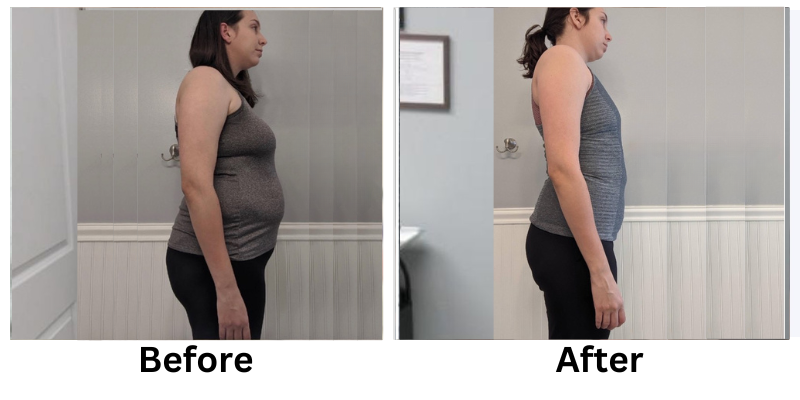
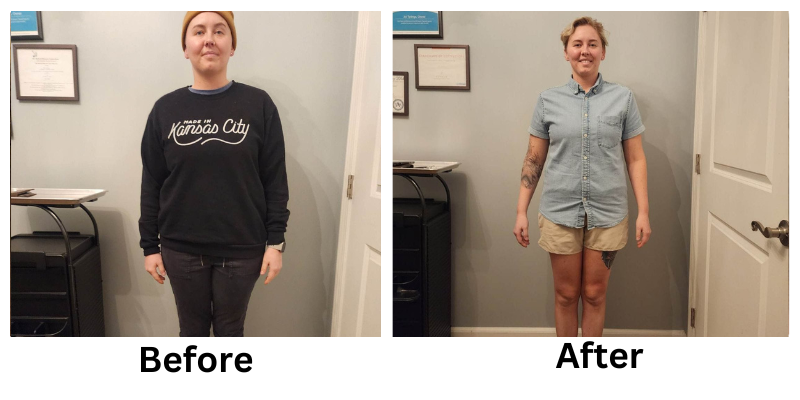
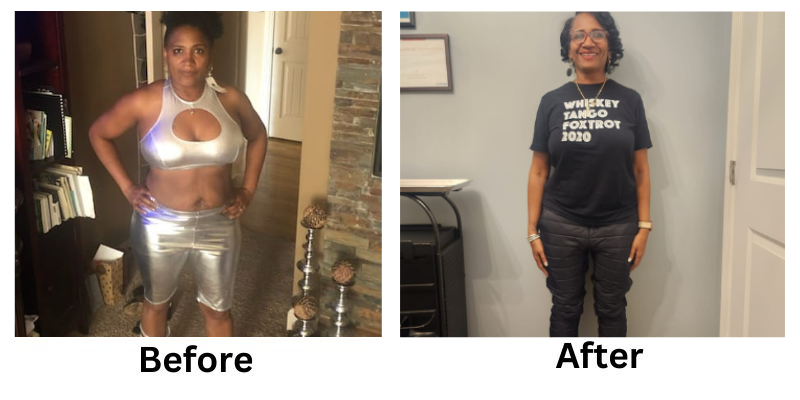
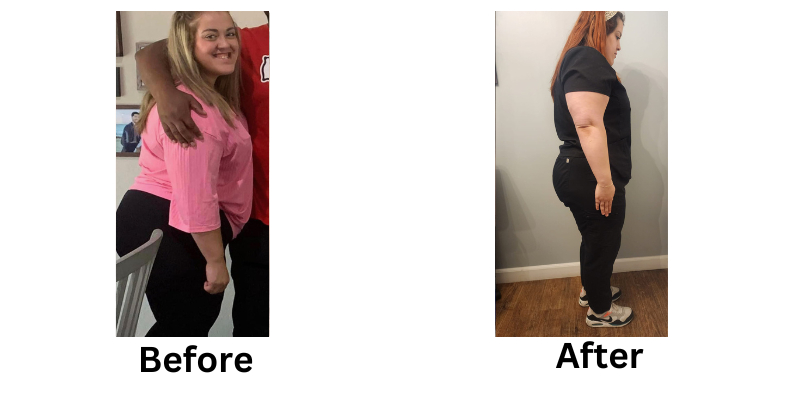
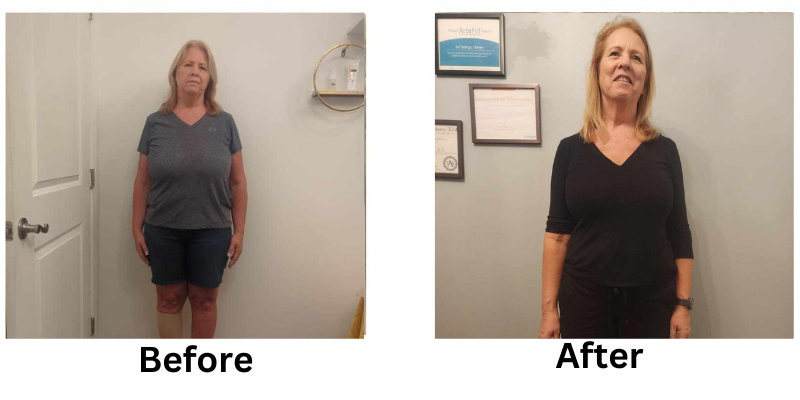
![[thumb]](https://slimmingsolutionsspa.com/wp-content/uploads/2023/12/weightloss-1-150x150.png)
![[thumb]](https://slimmingsolutionsspa.com/wp-content/uploads/2023/12/weightloss-2-150x150.png)
![[thumb]](https://slimmingsolutionsspa.com/wp-content/uploads/2023/12/2Weight-Loss-2-150x150.png)
![[thumb]](https://slimmingsolutionsspa.com/wp-content/uploads/2025/02/Weight-Loss-1-new-150x150.png)
![[thumb]](https://slimmingsolutionsspa.com/wp-content/uploads/2023/12/Weight-Loss-3-150x150.png)
![[thumb]](https://slimmingsolutionsspa.com/wp-content/uploads/2025/03/Slimming-Solutions-BA-Template-150x150.png)

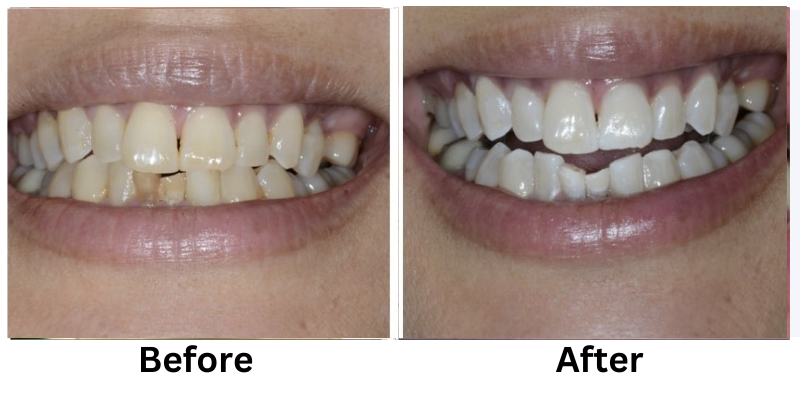
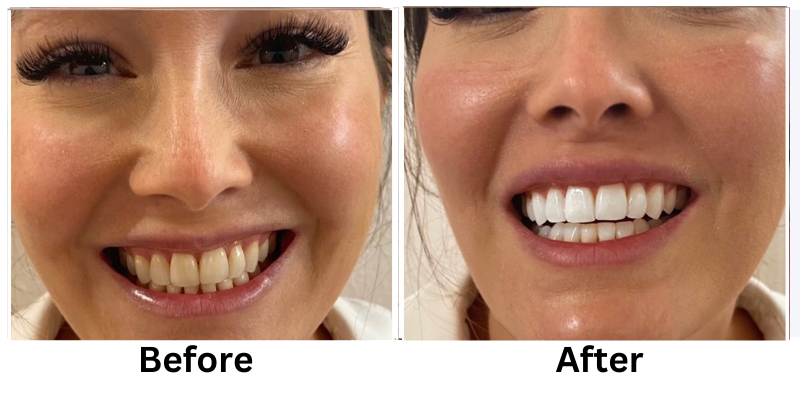

![[thumb]](https://slimmingsolutionsspa.com/wp-content/uploads/2023/12/dat3-150x150.png)
![[thumb]](https://slimmingsolutionsspa.com/wp-content/uploads/2023/12/dat-0-150x150.png)
![[thumb]](https://slimmingsolutionsspa.com/wp-content/uploads/2023/12/dat-1-150x150.png)
![[thumb]](https://slimmingsolutionsspa.com/wp-content/uploads/2023/12/Before-1-150x150.png)
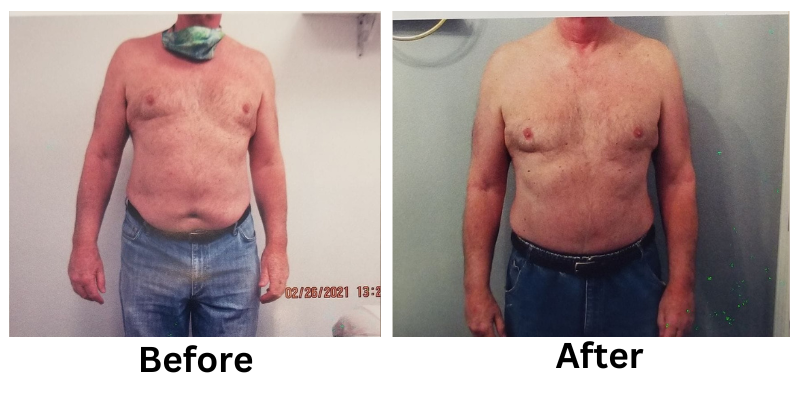

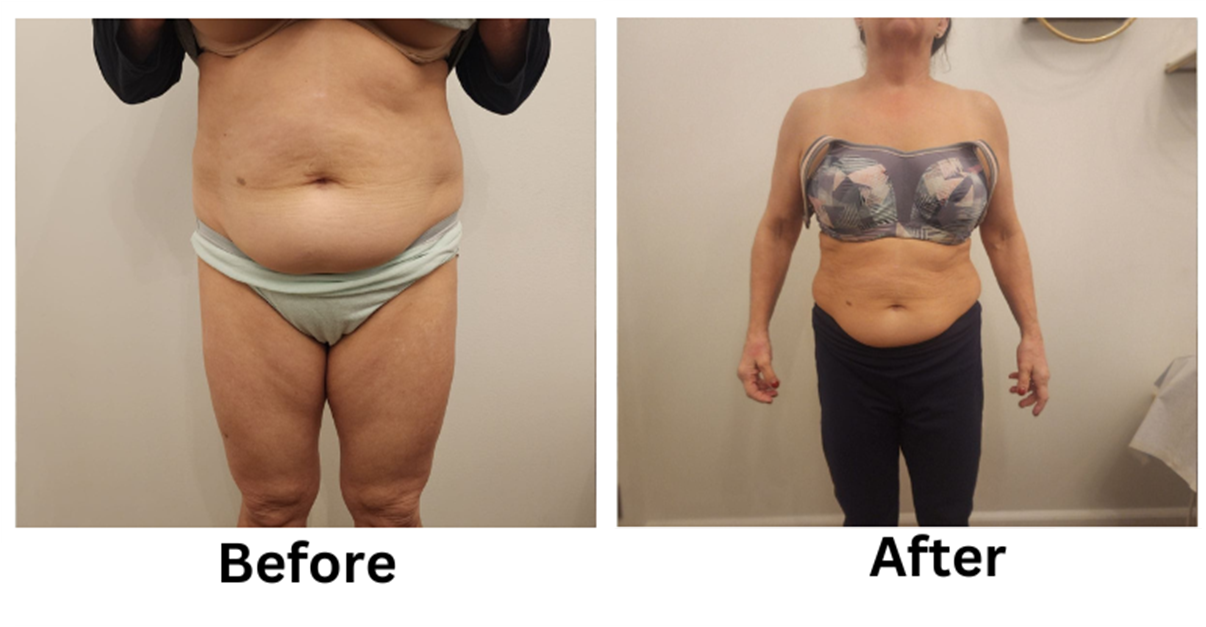
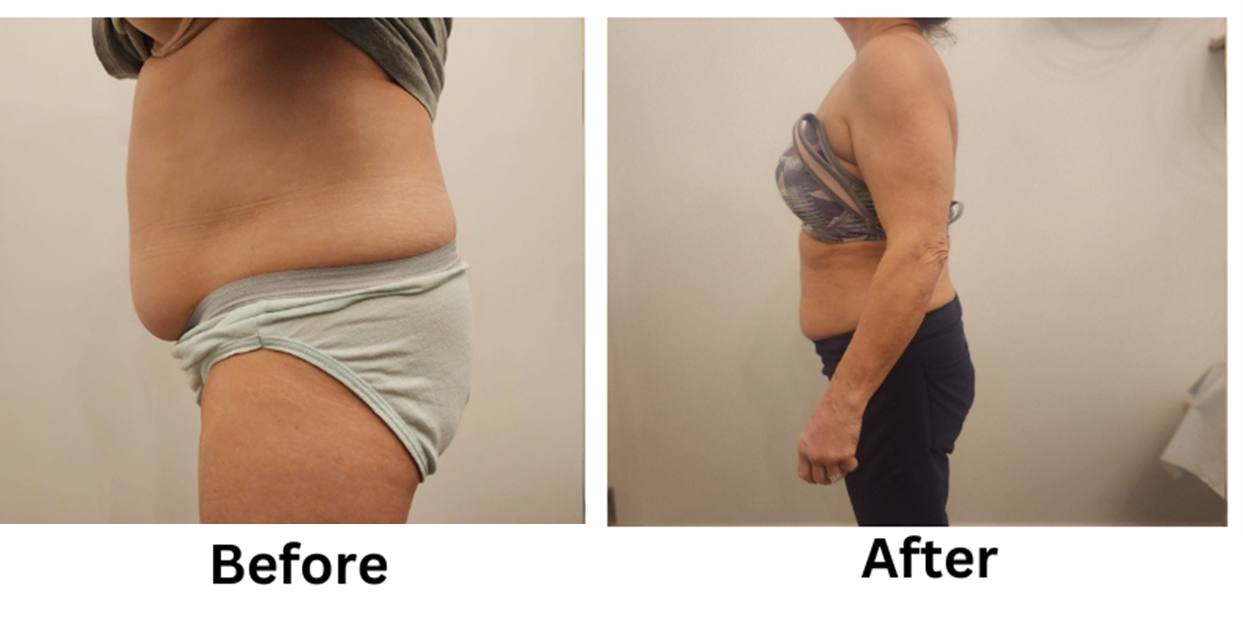
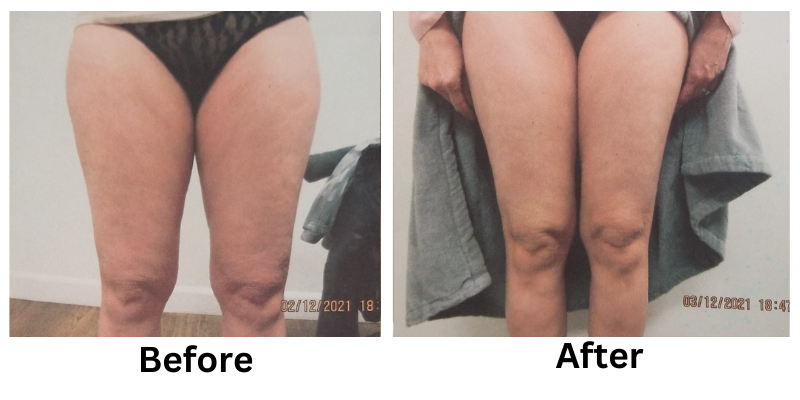
![[thumb]](https://slimmingsolutionsspa.com/wp-content/uploads/2024/01/EMS-Treatment-2-150x150.png)
![[thumb]](https://slimmingsolutionsspa.com/wp-content/uploads/2024/01/EMS-Treatment-1-150x150.png)
![[thumb]](https://slimmingsolutionsspa.com/wp-content/uploads/2025/02/ems-BNA-front-150x150.png)
![[thumb]](https://slimmingsolutionsspa.com/wp-content/uploads/2025/02/EMS-bna-SIDE-150x150.png)
![[thumb]](https://slimmingsolutionsspa.com/wp-content/uploads/2024/01/EMS-Treatment-6-150x150.png)

